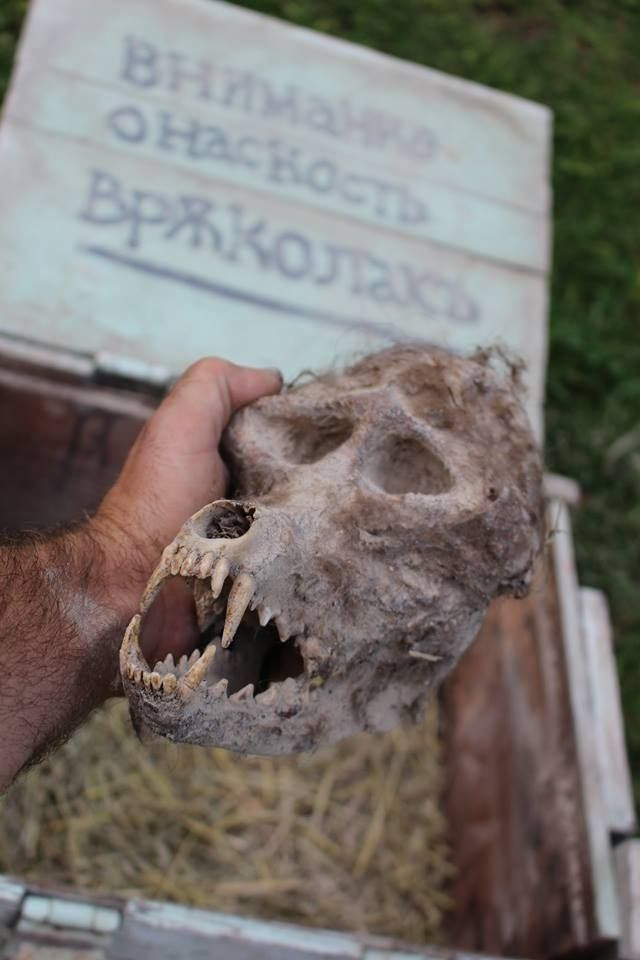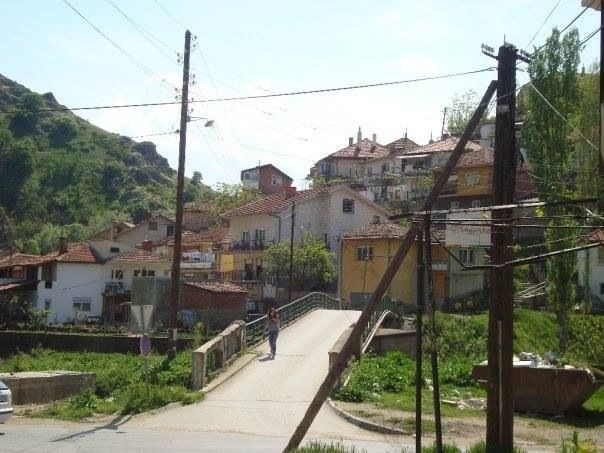Halloween 2014: Werewolves Of The World; Meet The Vrkolak From Bulgaria
Werewolves have become one of the seminal spooks of monster culture, second in popularity only to the vampires (we blame Taylor Lautner). But if you think lycanthropy began with "Twilight," you're dead wrong: Werewolf lore can be found all around the world. Let's take a look at the Vrkolak, Bulgaria's favorite fullmoonophile.

Bulgaria is a country rich with superstition, and its folklore includes tales of vampires, fountain spirits, treasure guardians and more.
These photos come to us from one of our readers, Filip, who gave us the inside scoop on werewolves in Bulgarian folklore. He stumbled upon this quite by accident: Filip is actually a historian. "While I was doing research for my book on the Balkan Wars I spent time in a small village, Novo Selo, close to Stip in Macedonia. I met a farmer named Trayche, who claimed to have found a box, chained shut, containing a werewolf while plowing a new section of field," explained Filip.
Depending on where you find yourself in Europe, werewolves may be linked to vampires. Sabine Baring-Gould explains the many variations of lycanthrope folklore in "The Book of Werewolves," noting the term "vrkolak" resembles the Greek term "bourkolakas."

"The Greek werewolf is closely related to the vampire. The lycanthropist falls into a cataleptic trance, during which his soul leaves his body, enters that of a wolf and ravens for blood. On the return of the soul, the body is exhausted and aches as though it had been put through violent exercise. After death lycanthropists become vampires. They are believed to frequent battlefields in wolf or hyena shapes, and to suck the breath from dying soldiers, or to enter houses and steal the infants from their cradles," Baring-Gould writes.
Where did this concept of a werewolf come from? In some ways, it could be a misunderstanding of a disease or an interpretation of older myths and beliefs. "I took some pictures and shared them with a government wildlife official. He said that it was most likely a wolf that suffered from Paget disease, which caused the skull to increase in size and appear more human-like. It wasn't long ago people or animals with malformations were thought to be demon-possessed. So, it is not unusual that a wolf with bone disease would be labeled as a werewolf," Filip said.

If you'd like to learn more about Bulgarian folklore, check out the book "Twelve Years Study of the Eastern Question In Bulgaria," published in 1869, which provides an illuminating look into the past.
In the spirit of Halloween, we'll leave it up to you to decide if these photos are real. Let us know what you think below.
© Copyright IBTimes 2024. All rights reserved.





















